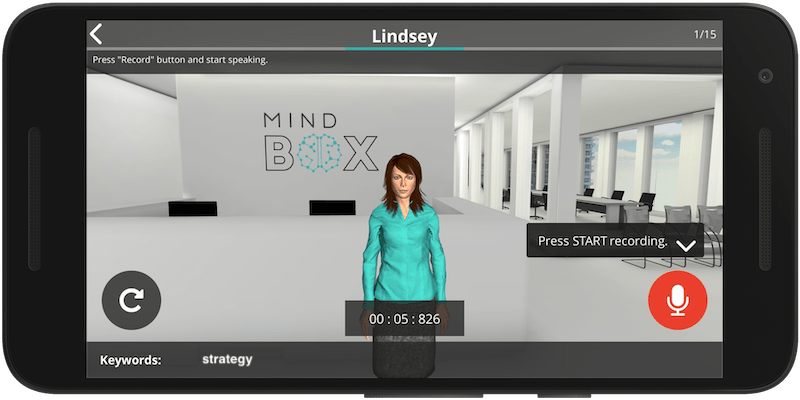The Advantages of Technology-based training
Technology has revolutionized business. Nowadays, most people must learn more than ever before in the past. Particularly for global organizations, classroom-based training is becoming too pricey and cumbersome. Even when workers had the opportunity to attend all the classes along with seminars along with to read all the materials and reports, they need to stay up-to-date in their field of work. The price of such a learning is prohibitive. The need to save costs led to organizations to applied technologies in the learning process. The technologies are changing the way corporations and individuals obtain skills.
The Influence of the Technologies on Education
The internet has become a major technology to influence learning. The rise of the World Wide Web, top capacity corporate programs and high-speed business desktop computers make learning accessible to people 24/7 hours around the world. Employees can then access training when it’s convenient for them, at home or at the office. When delivered via technology-based solutions, training is cheaper per end user as a result of scalable supply and the elimination of top salaries for coaches and advisers. According to Training Magazine, companies save between 50-70% if replacing instructor-led training with electronic content delivery. Employees may also enhance productivity and utilize their own time better, as they no longer have to journey or fight rush-hour traffic for at a course.
Information can be retrieved just before it’s required, as opposed to being learned once in a classroom and subsequently forgotten. Technology-based solutions allow more room for individual differences in learning styles. They also supply a high level of simulation that may be tailored to the learner’s level of proficiency. With 24/7 access, people can understand at their very own pace along with review course material as frequently as needed.
Higher retention
Trainees can tailor the learning material to their very own needs. They can more control over their learning process along with may better comprehend the material, leading to per 60% faster learning curve, compared to instructor-led training. The delivery of content in smaller units, called microlearning, contributes further to per more lasting learning effect. Whereas the average content retention rate for an instructor-led course is only 58%, the more intensive technology-based training experience enhances the retention rate by an additional 25 – 60%. Higher retention of the material puts per higher value on each dollar spent on training. In times when little instructor-led courses have a tendency to be the exception, electronic learning options can supply more collaboration along with interaction with experts along with peers, and a higher success rate compared to the live option. Distance education can be more challenging and encourage more critical thinking than a conventional large instructor-led class because it enables the kind of interaction that takes place most fully in small-group settings.
The role of technology in the education of the future
Utilizing technology in the right way can help improve employees performance. The using technology-based solutions in training of employees has a huge impact on their skill development and employees performance improvement. Their utilization can benefit trainees by adding personalization and increase the interest of the learning.
New technologies like virtual reality, artificial intelligence, machine learning, and voice recognition technology aren’t just changing the field for trainees, they’re shaking up the part of instructors to changing their role.

The platform like MindBox VR adapts to market demands and allows lecturers to easily apply new technologies in the training of employees in the company. With a combination of 3D environment, voice recognition technology and application (for mobile devices or virtual reality) is possible replacing the role-playing of the training process in the classrooms. Trainers can devote time to evaluate the training of any trainees and suggest training that they need.


I like how people who are being trained can apply what they are learning to their own needs. This is a great way to help people remember something. I believe that the more we apply what we learn, the better off we will be at retaining that information.